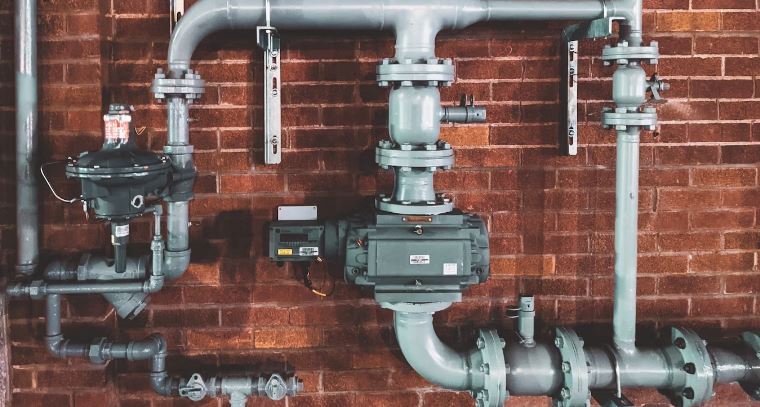-
Shop
- Furniture
- Kitchen
- Bathroom
- Home & Garden

Ever thought about running your toilet’s water supply line through the floor?
It might sound strange, but it’s actually an option some people consider when installing or replacing a toilet.
Turns out, this can be useful in specific situations – but it’s not always the best choice.
In this post, I’ll go over the pros and cons of running toilet water supply line through floors.
There are a couple of reasons why people run the line this way:
Also Read: Toilet Bowl Water Level Drops Overnight
In places with cold climates, running the line through an exterior wall could be at risk of freezing.
Bringing the toilet’s water supply line up through the floor inside where it’s nice and insulated can stop pipes from bursting or shutting down.
Pipes in outside walls usually need extra insulation and heating to avoid getting frozen in winter.
That’s why plumbers up in really cold areas, where it stays below zero for ages, like to bring water lines up through floors inside instead of risking going through outside walls.
With access through the floor, they can make sure the pipes stay above the frost line all year long, keeping everything running smoothly.
Running the toilet water line through the floor might also be easier than running it through a concrete or masonry wall.
Drilling through concrete or masonry requires specialized tools and expertise.
These materials are much harder to penetrate compared to the subfloor so it’s time-consuming
Plus, the drilling process in concrete or masonry creates significant dust and debris, which can be messy and require extensive cleaning.
Running the line through a concrete or masonry wall might require compromising existing structures within the wall cavity too, such as electrical wiring or plumbing lines.
If there’s already a hole in the flooring near the planned rough-in location for the toilet, using this hole for running the supply line can avoid having to patch and repair the flooring.
Plus, finding floor patch pieces and finishes that blend seamlessly with your floor tiles or wood materials can be extremely difficult.
It might even be impossible in some cases.
Even minor differences in color or texture from a patch job can really stand out.
So utilizing the same existing hole as the path for the concealed water supply means one less patch job to worry about.
For high-end and luxury bathrooms where appearances matter, having the water supply line be completely hidden can provide a more seamless, clean look.
Also Check Out: Matte Black Personalized Siphon Jet Toilet
When there’s no pipes sticking out from the walls, the whole room looks smooth and fancy.
This setup is great for folks who want a modern, minimalist vibe in their bathroom.
Plus, without those pipes on the walls, you can really show off neutral colors and fancy materials.
Now let’s look the cons of running toilet water supply line through floor:
Accessing supply lines for maintenance or repairs (like if there’s a leak) can be more challenging and require more work compared to a wall-mounted line.
Any issues with the supply lines may require cutting into the floor or digging beneath it
This can be disruptive and costly.
Making changes or relocating fixtures in the future may be more challenging too.
Installing supply lines through the floor can be more harder and labor-intensive
This is especially true if the floor is made of concrete or other difficult-to-penetrate materials.
Plus, drilling through the floor for the line carries the risk of damaging other plumbing lines, electrical wires, or the subfloor itself.
This complexity can increase installation time and cost.
Also Read: Toilet Flapper Leaking After Replacement
Supply lines running through the floor are more susceptible to damage from ground movement or settling, which can lead to leaks over time.
Plus, if the floor is not properly sealed around the supply line penetration, water can seep into the subfloor, causing damage and potentially fostering mold growth.
Unlike supply lines in walls with studs for support, floor-fed supplies require their own bracing. Lack of support can cause movement over time and lead to leaks or supply connection issues.
Some building codes may not permit running water supply lines through floors too.
So check with your local building department first.
While it’s technically possible, running the toilet water supply line through the floor is generally not recommended unless there’s a specific reason like the ones I mentioned.
In most cases, installing it through the wall is simpler, accessible, and easier to maintain.




Leave a comment